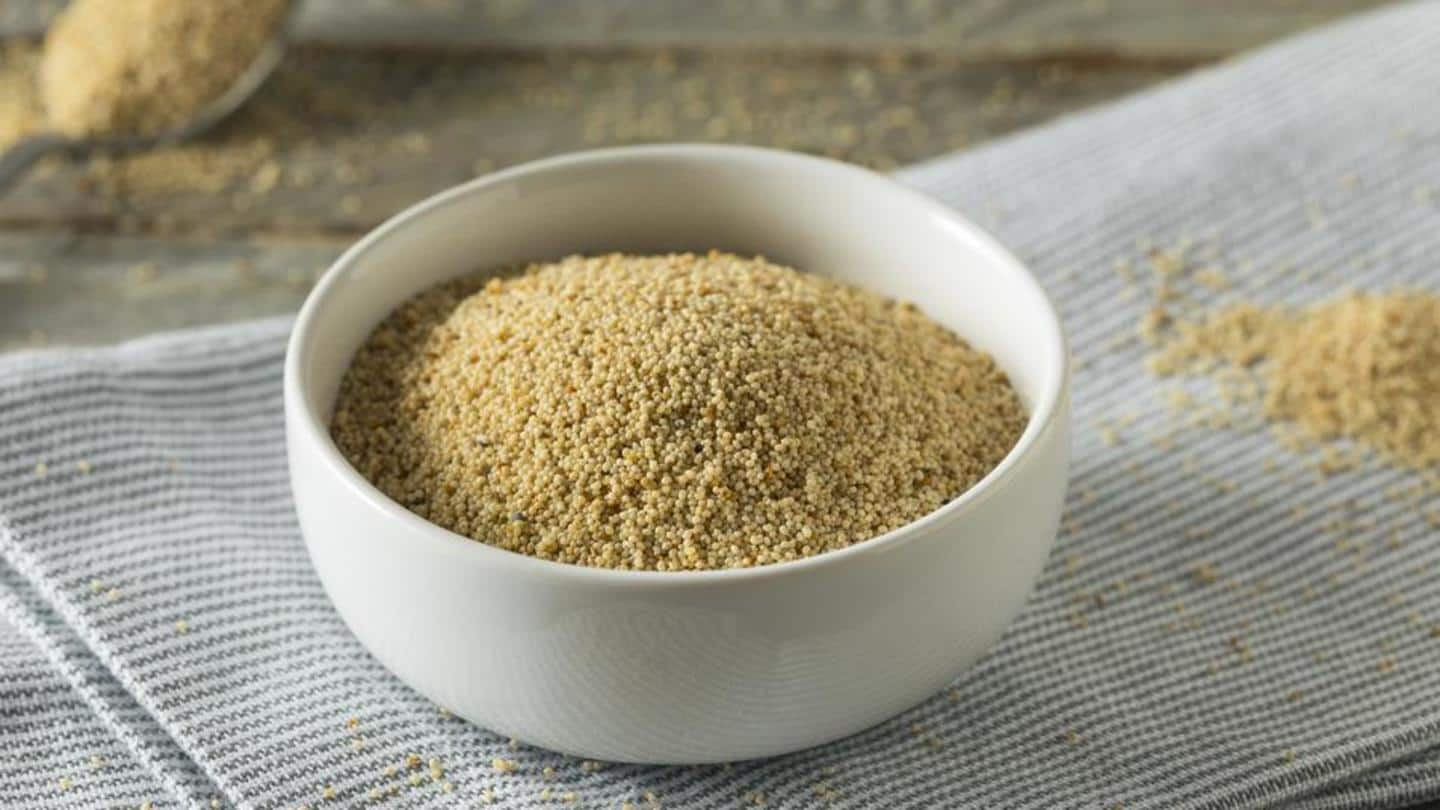
#HealthBytes: What is fonio? Everything to know about this supergrain
What's the story
Fonio is a type of millet native to West Africa and has been in use since ancient times. The grain is generally consumed in the form of porridge, but can also be used as a substitute for other grains. The plant takes only six to eight weeks to grow and harvest, after which fonio can be stored without the risk of pest infestation.
Types
Two types: One is white, another is most commonly consumed
Fonio is divided into two types, namely: Digitaria iburua and Digitaria exilis. Digitaria iburua: This type of fonio is white in color and has black or brown spikelets. It is mainly grown in Nigeria, Togo, and Benin. Digitaria exilis: This is the most commonly consumed variety among the two types. It grows from Senegal to Chad and also in central Nigeria.
Amino acids
Healthy inclusion: Contains high amounts of sulfur-containing amino acids
Fonio contains high amounts of sulfur-containing amino acids: methionine and cysteine. While methionine plays a role in skin elasticity, hair growth, and the repair of body tissues, cysteine is a non-essential amino acid that is needed for protein synthesis and detoxification. Both of these are not found in grains like corn, wheat, and rice, and hence fonio is a great inclusion in vegetarian diets.
Gluten-free
Is gluten-free, safe for those who are intolerant to gluten
Gluten is a protein that is present in grains like wheat and barley and is responsible for the binding nature. However, the gliadin present in gluten can cause adverse side-effects in some people. Fonio is naturally gluten-free and thus can be an excellent substitute for grains that contain gluten. However, you should mix the flour with a binding agent for elasticity.
Feature
Traditionally consumed as a breakfast cereal, but is versatile
Fonio has a nutty taste and easily absorbs the flavors of the foods it is prepared with. The grain is traditionally consumed as a breakfast cereal and its flour is used in baking. You can also sprinkle fonio on salads and add it to soups. However, the grain is now gaining popularity as a substitute for rice, couscous, millet, and quinoa.